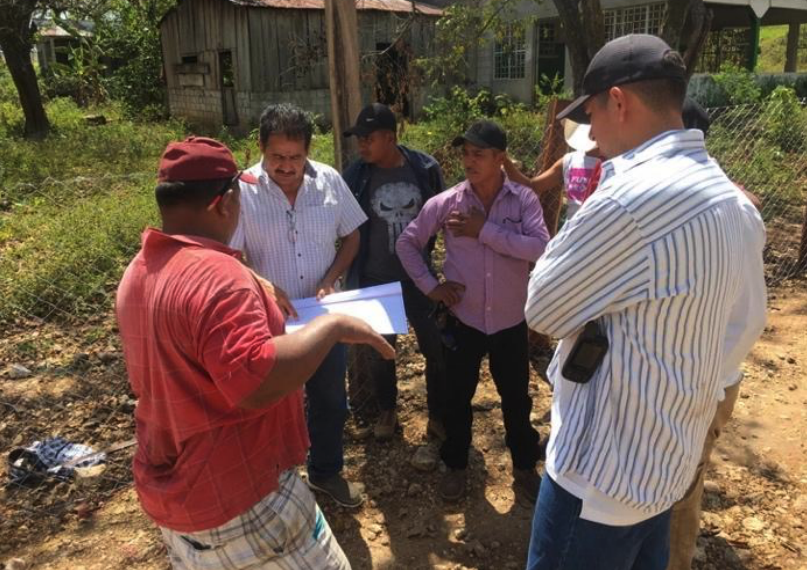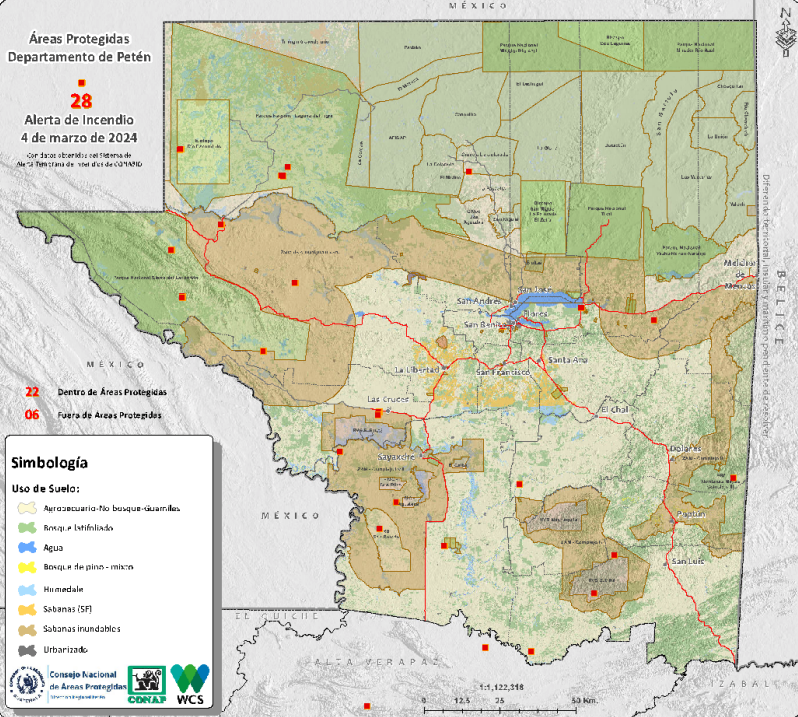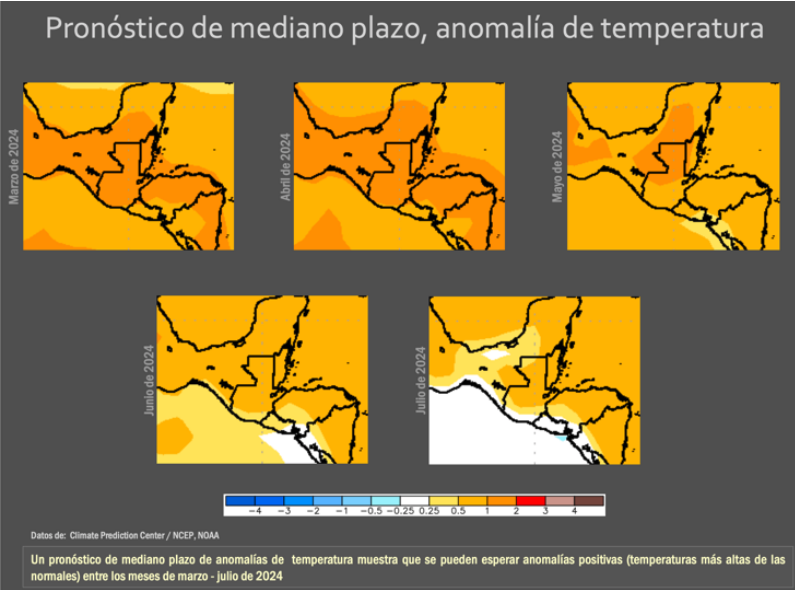FEBRUARY, 2024
Download the newsletter
MAXIMIZING SMART: SAFEGUARDING THE MAYA BIOSPHERE RESERVE FROM FIRES
With the support provided by the United States Agency for International Development in Guatemala (USAID Guatemala) and the International Technical Assistance Program of the United States Department of the Interior (DOI ITAP), the Monitoring and Evaluation Center (CEMEC) of the National Council of Protected Areas (CONAP) and the technical team of the Wildlife Conservation Society (WCS) trained approximately 48 park rangers and field technicians from several governmental and non-governmental organizations in effectively utilizing and managing the SMART1 monitoring tool and other measures aimed at preventing fires.
The Spatial Monitoring and Reporting Tool (SMART) is a set of applications and methods that streamline the management of data for field patrols. SMART operates on the principle of adaptive management, wherein the collected data and information are leveraged to continuously enhance responsiveness to field-detected changes. The training sessions aimed to enhance technical staff’s capabilities to collect field data using mobile devices equipped with the SMART data form. In addition, they were trained in identifying threats in the area and gathering field information through the SMART Desktop and SMART Connect software. These programs are essential for managing and systematizing the collected data effectively. The trained technicians and park rangers represent a diverse array of governmental and nongovernmental institutions committed to conservation efforts within the Maya Biosphere Reserve (RBM). These include CONAP-Petén, the Centro de Estudios Conservacionistas of the University of San Carlos (CECON), Tikal National Park (PANAT), alongside other organizations such as Fundación para el Ecodesarrollo y la Conservación (FUNDAECO), Fundación Defensores de la Naturaleza (FDN), Sociedad Civil Árbol Verde, Asociación Forestal Integral Cruce a la Colorada (AFFIC), Sociedad Civil Custodios de la Selva, Sociedad Civil Laborantes del Bosque, and Sociedad Civil Impulsores Suchitecos.
Ongoing training for field technicians is crucial, as they play a vital role in identifying threats like forest fires, deforestation, and poaching during control and protection patrols. Early detection of these threats allows for a prompt and effective response, especially in preparation for the anticipated forest fire risk in the upcoming dry season.

SUMMER SEASON PERSPECTIVES, 2024
In a concerted effort to mitigate fires within and around the Maya Biosphere Reserve (RBM), CEMECCONAP and WCS join forces with donor partners to generate strategic and timely data, facilitating informed decision-making across the region. CEMEC-CONAP generates periodic reports to anticipate long-term and short-term weather conditions, and assess the potential fire risk, enabling better preparedness and response to emergencies. Before the summer season begins, CEMEC-CONAP issues a Perspectives Report for the Burning and Fire Season. These reports offer projections on key factors affecting fire occurrence, such as the El NiñoSouthern Oscillation (ENSO) phenomenon, as well as precipitation and temperature patterns. The aim is to provide advanced insights into weather conditions and their potential impact on the frequency and severity of forest fires. CEMEC-CONAP also produces Regular Reports on the Fire and Burning Season. These reports delve into detailed analysis of precipitation conditions, maximum temperatures, and their short-term trends. Additionally, an indirect monitoring of plant phenology, particularly leaf fall, is conducted as a potential indicator of fuel for fires. Strengthening capacities for the generation and use of information during the summer season is crucial for the timely response to fires and the conservation of the forests in the region.

